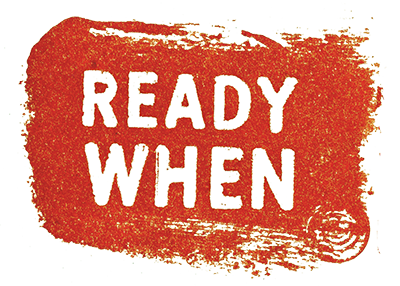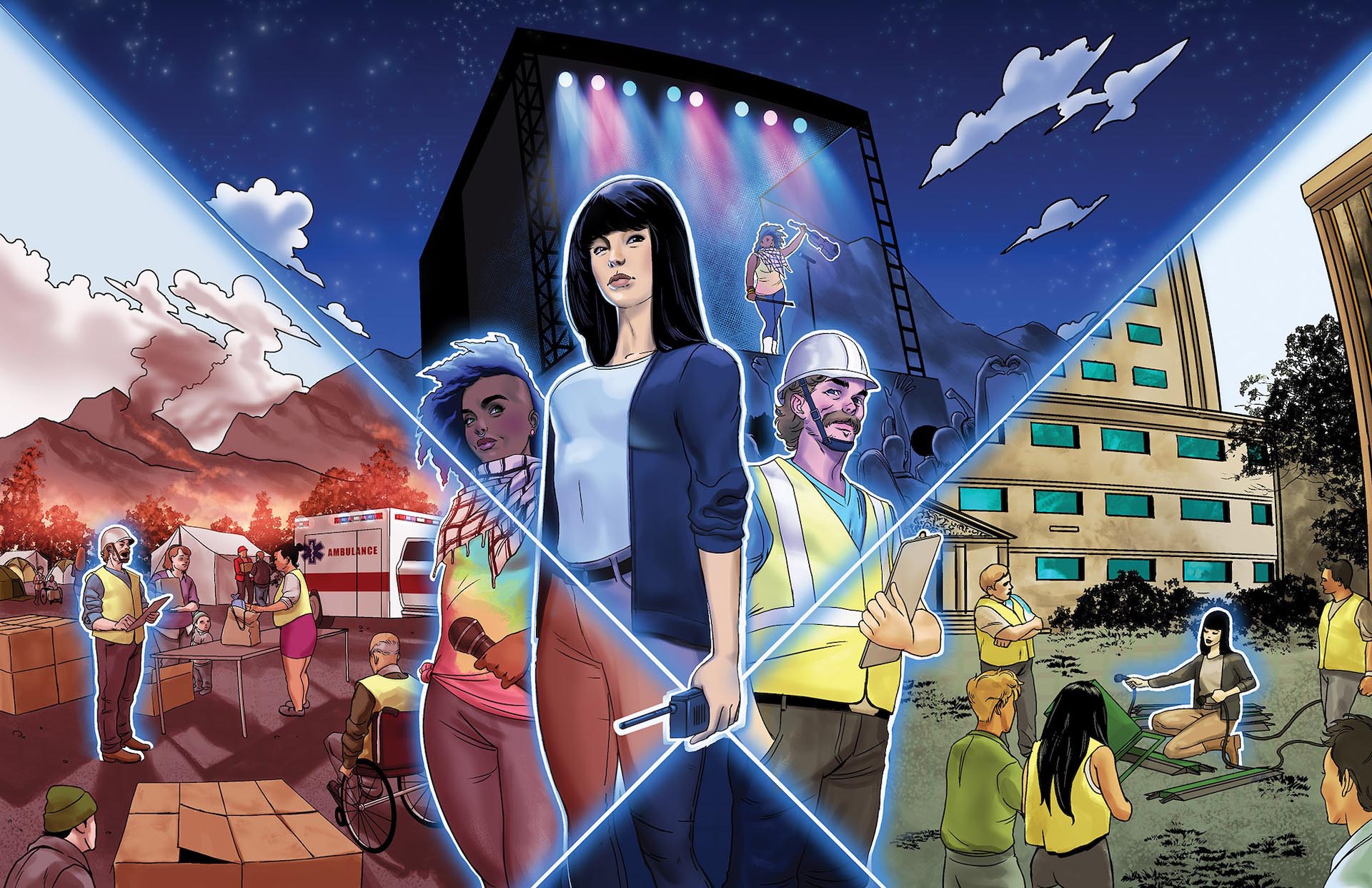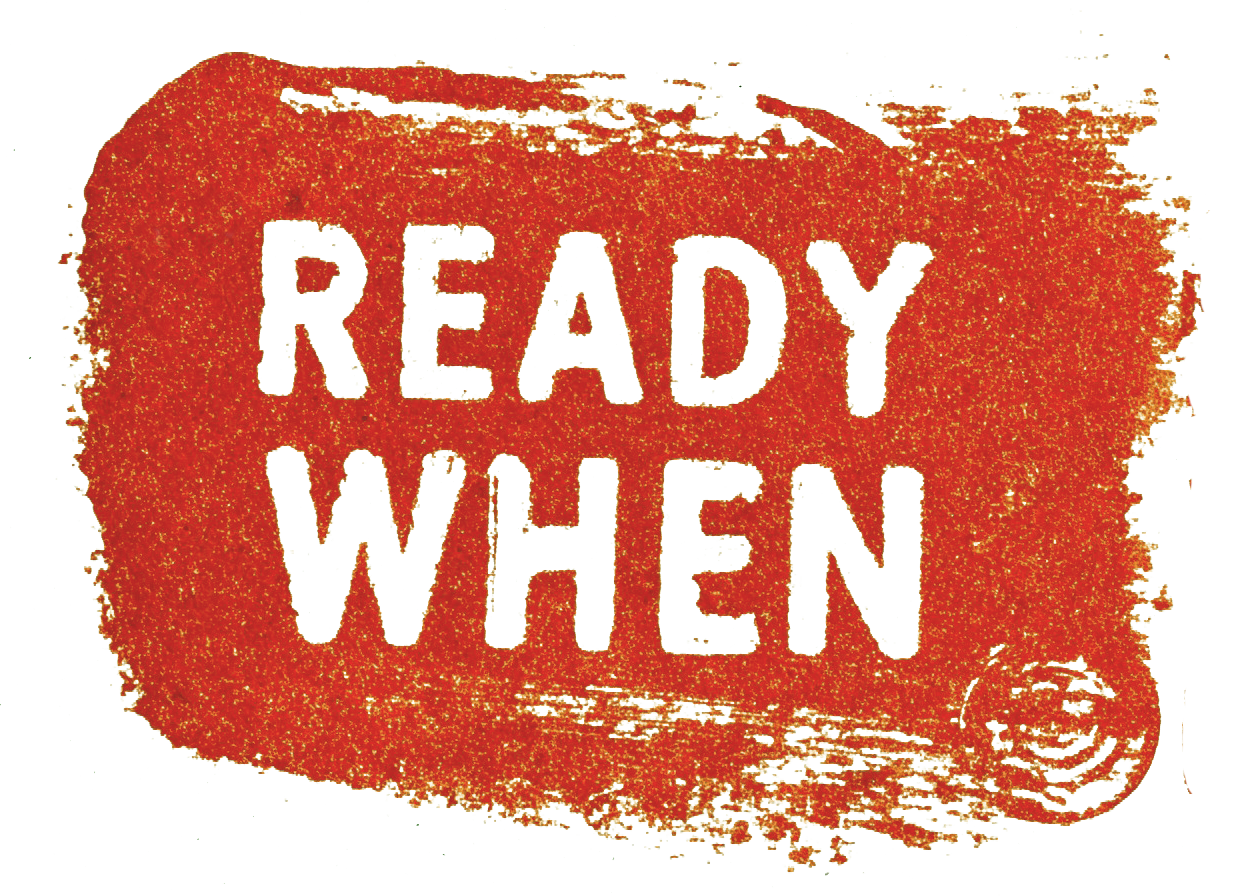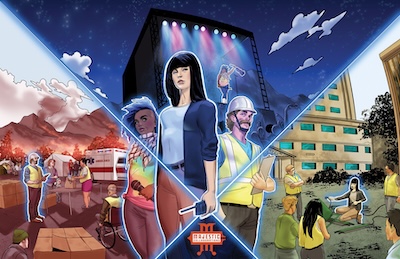
A New Model for Disaster Readiness
Harnessing the Skills of Mass Gatherings Experts to Build Community Preparedness
Time is running out to build these connections before the next crisis
In 2024, the U.S. experienced one Major Disaster declaration every four days, with 267 out of 366 days having at least one active disaster somewhere in the country. Over one-third of Americans lived under a disaster declaration at some point last year.
The question isn’t whether your community will face an emergency—it’s whether you’ll be #ReadyWhen it happens.

This isn’t just about better disaster response—it’s about workforce development. Emergency management faces critical staffing shortages nationwide. Meanwhile, thousands of arts, culture, and events (ACE) professionals already do emergency management work—they just do it at festivals and venues.
ReadyWhen formalizes what already exists:
Supply side: Young people entering events production are already learning emergency management—they just need the pathway recognized
Career transitions: ACE professionals running festival operations centers, coordinating multi-agency response, and managing real-time crises bring directly applicable skills to emergency management careers while completing formal certification requirements
Preventing burnout: Emergency managers gain opportunities to deploy skills in lower-stakes environments—building muscle memory for temporary infrastructure, practicing community engagement without the trauma of disaster, and maintaining situational leadership skills through regular use
AI-proof workforce development
Emergency management requires situational leadership—split-second decisions with incomplete information, reading group dynamics, building trust under pressure, and adapting to rapidly changing conditions. These skills cannot be replaced by artificial intelligence, and they atrophy without regular use. Working festivals and events keeps emergency managers operationally sharp while building community relationships before disasters strike.

